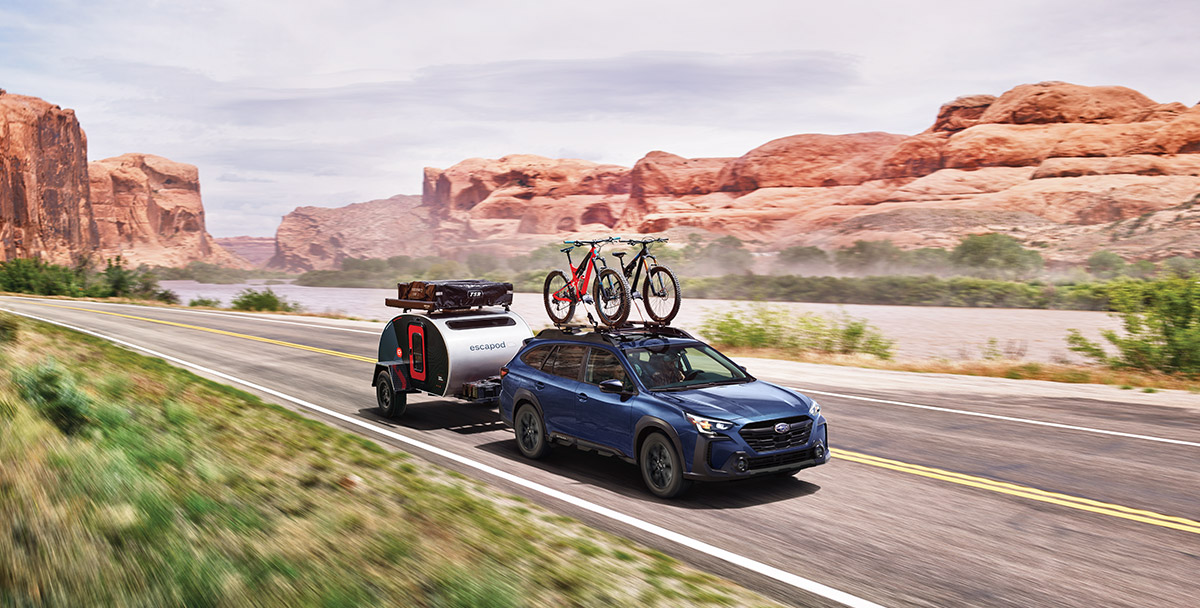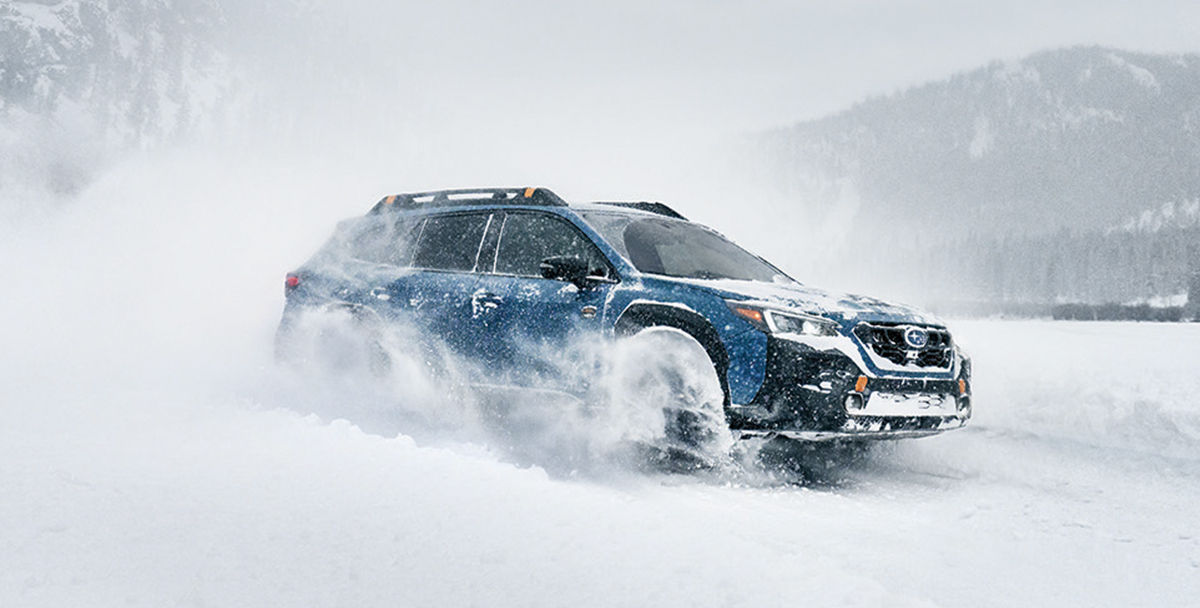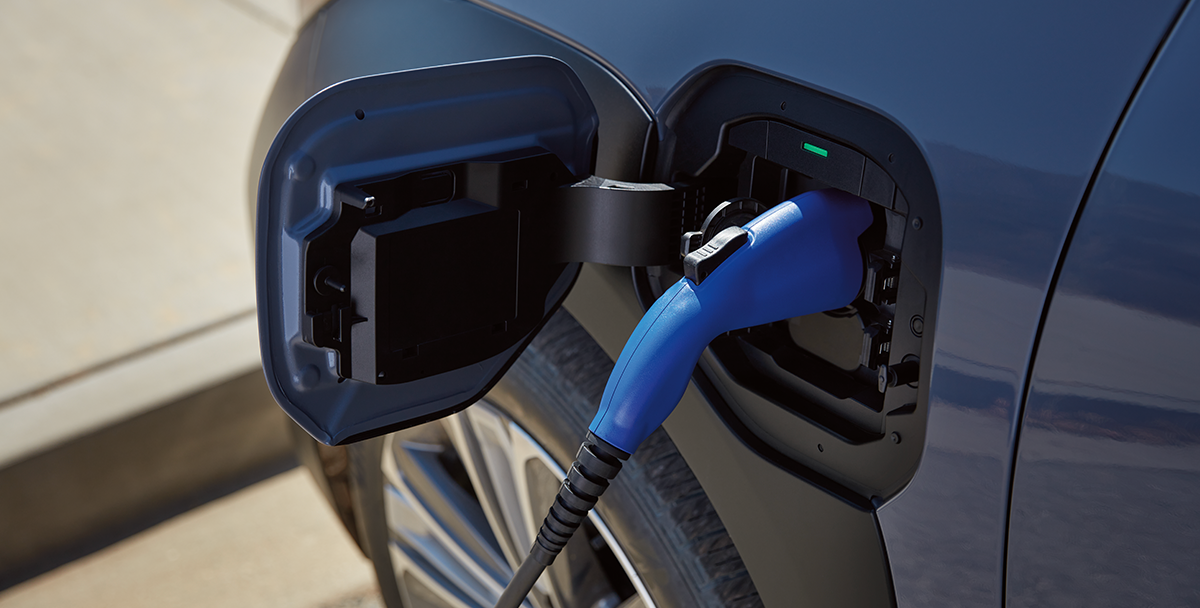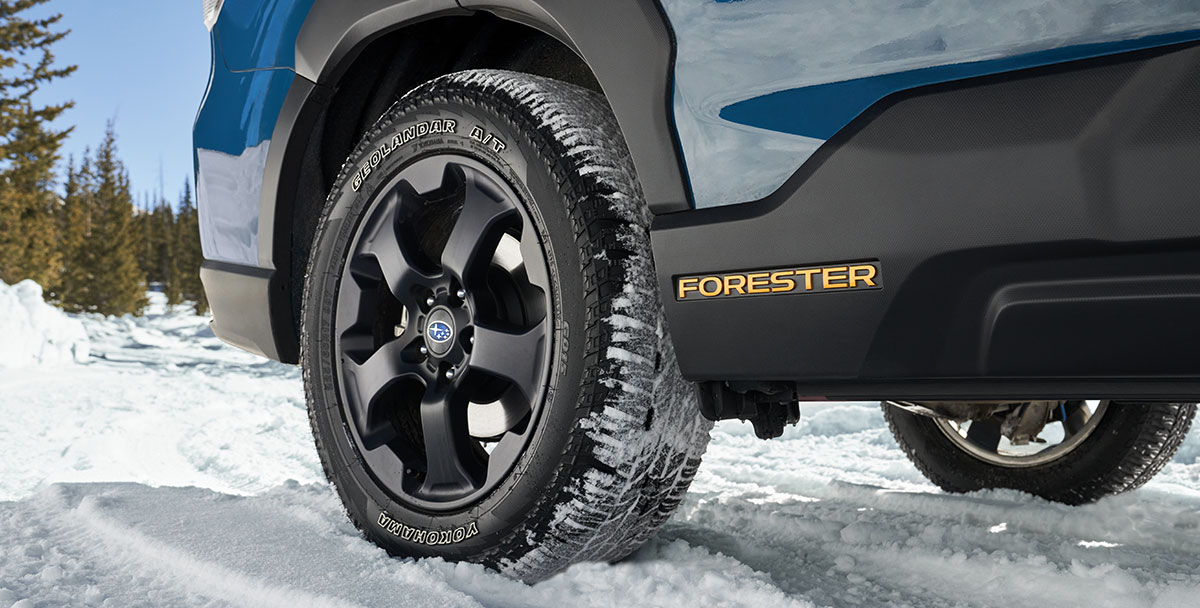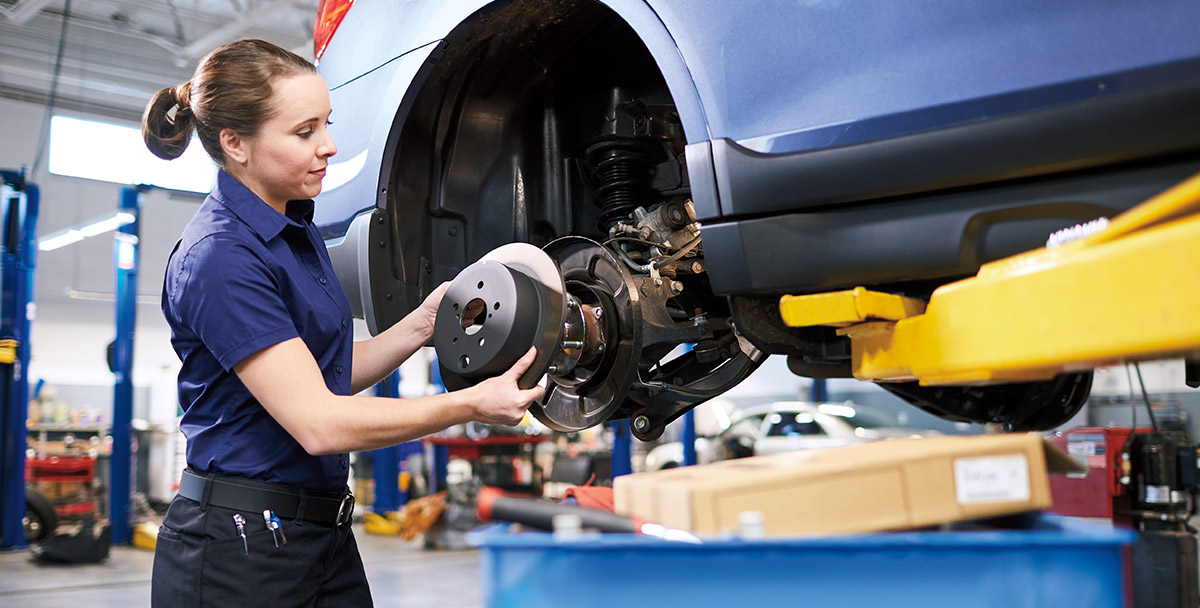When you go camping for the weekend, do you prefer driving your Crosstrek, Forester or Outback up the rutted dirt road to the mountain base camp instead of hiking to your site? Or when you’re driving your BRZ or WRX, are you getting the most out of the chassis engineering with the tires you’ve been running?
Whether you’re seeking an edge in capability or in competition, you can reap gains by optimizing your wheel and tire setup. But it’s not as simple as going bigger, and veering from the original equipment tire specifications comes with trade-offs.
Off-Road
Subaru crossovers with all-wheel drive and generous ground clearance inspire off-road confidence, but the right tires can open up a world of new roads. A good set of specifically designed all-terrain tires will get you places with less concern about punctures.
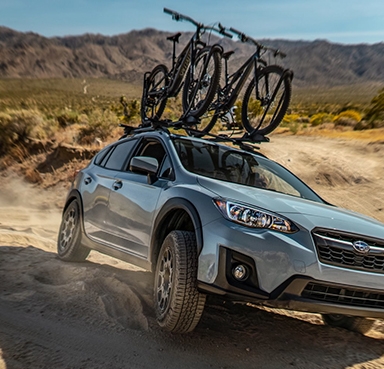

To enhance off-road capability in your Subaru Crosstrek, Forester or Outback, you’ll want an all-terrain tire developed specifically for crossovers, not light trucks, according to Drew Howlett, product manager for light truck and SUV tires at Falken Tires in Rancho Cucamonga, California.
“Most all-terrain tires are developed on a truck platform, so the sizing won’t work,” Howlett says. “And the design characteristics don’t translate well to a crossover platform.”
Tread design is another factor to consider for an all-terrain tire. You want beefier tires with “a lugged-type pattern with more void and deeper grooves. That kind of tread pattern would be able to engulf rocks and clear out mud. A ribbed [all-season] tire would slip on those surfaces,” Howlett says.
Sidewall construction and the inner construction of the tire are also important for durability and puncture resistance. The tires need thicker rubber and a harder, more robust polyester ply.
Lastly, all-terrain tires typically have superior winter traction. Just make sure the tire has an appropriate snow rating, indicated by the 3-Peak Mountain Snowflake symbol on the sidewall.
The tires that your Subaru left the factory with are designed for the bulk of consumers who drive their vehicle only on the road. Those tires are designed with a greater emphasis on weight, noise reduction and rolling resistance to improve fuel economy.
When Falken was designing the Wildpeak A/T tire for crossovers, trying to keep the weight close to the factory tire was a goal. The resulting tire is the same size as the original but only marginally heavier. Fuel economy will decrease and road noise will increase, but the driver makes major gains in traction off-road and in the snow.
“There’s no lift needed or crazy weight increase or needing to change the brakes and suspension,” says Howlett of the Wildpeak tire for crossovers. “We are hoping it’s one of those products that is almost a plug and play.”
Track Performance
To improve performance for autocross and track days in your WRX or BRZ, tire size does play a role. A wider tire, in general, is going to give you more grip because a larger area of tire has contact with the road. But width is not the main factor. “Tread compound can have far more impact than tire width,” says Steve Calder, product category manager for high-performance tires at Michelin in Greenville, South Carolina.
Consider the Subaru BRZ. The factory tire is a high-performance summer tire made by Michelin called the Primacy™ HP. It’s a great tire, but its dry grip is not incredibly high, according to Calder.
During testing at Michelin’s 2-mile road course in South Carolina, they switched the BRZ tires to the Pilot® Sport 4 S and noticed “a huge increase in lateral grip. It’s a more capable dry tire.” That lateral grip netted lap times that were four to five seconds faster.
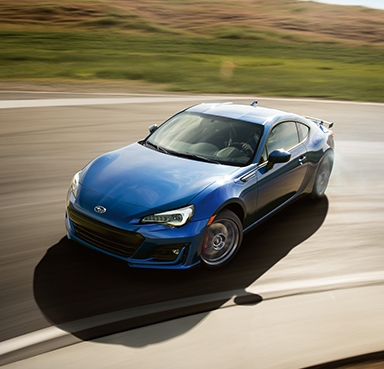
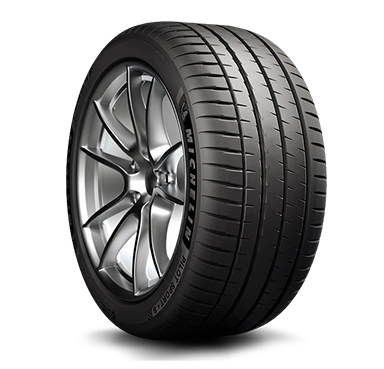
Whatever tire you choose, look to see how its lateral grip is rated, thanks to the tire compound. Sidewall construction for a performance tire should also be stiffer, though this will lead to a somewhat rougher ride.
Proper tire pressure when using specialty performance tires is also important, according to Calder. The key is to take the tire pressure when the tires are hot.
You want the tire pressure to be at the recommended pressure for street use when it’s hot, and that means running less pressure when the tire is cold. For example, to achieve a target tire air pressure of 34 to 38 psi for a hot tire in the middle of a scorching day in the summer may require a cold reading starting in the upper 20s.
It’s important to understand exactly what your tire pressure should be, whether you’re driving a performance car like the BRZ or a sport utility vehicle like a Crosstrek. The psi numbers shown on the sidewall provide the maximum pressure that the tire can accept.
The tire inflation sticker inside the driver’s door tells you the recommended pressure for your particular vehicle, often based on whether or not you’re carrying cargo. For more information on tire inflation, you can find your model at the Subaru Vehicle Resources section of subaru.com.
If you do opt for a wider tire, you will likely see an increase in lateral grip but not straight-line acceleration. A taller tire tends to help more with straight-line acceleration, Calder says.
In addition to a loss of fuel economy, what are the drawbacks to changing tire sizing? Depending on how big you go, a larger tire could interfere with braking and vehicle stability systems as well as decrease the car’s turning circle. “ABS braking systems are tuned for a certain slip range for the tire and tuned [with the] original tire in mind,” Calder says.
Two options that Calder definitely would not recommend: increasing wheel size (because of the added weight) and using extra-wide tires that go well outside rim width. “That’s terrible for the tire,” Calder says. “When you go too wide, you start to distort the shape of the contact patch.”
Whether it’s going off-road or ripping up the track, are tire changes worth it? If you’re smart about it, you could see a significant difference in what your Subaru can do.
Find your nearest Subaru retailer to schedule a tire fitting appointment.
